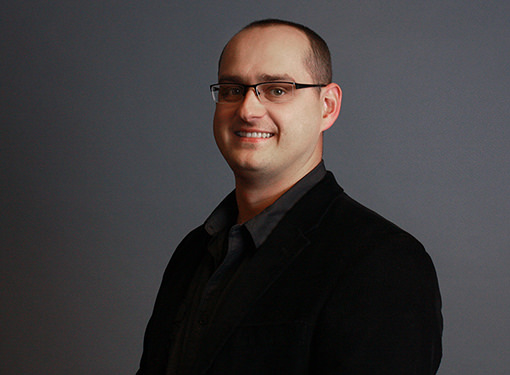
A building layout that has been optimized for mechanical/electrical/plumbing (MEP) services will not only have a lower construction cost, but it will also be cheaper to design. A thoughtfully designed building layout will have a direct impact on the complexity of its plumbing system, which in turn will have a direct impact on savings among all design teams involved. Helping the design team minimize coordination efforts and delivering a successful building design without exceeding the project budget starts with a close cooperation between the plumbing engineer and the architect early in the design process.
To aid in the process, Primera Engineers has developed a Design Checklist to help both architects and plumbing designers create efficient building layouts while preventing common errors, which could lead to extensive rework and coordination during the MEP design phase. This list has been populated with items from our long history of working on plumbing design projects as well as current code requirements and design guide suggestions.
As an example, consider one of the items found on the checklist: “Plumbing equipment room should be as close as possible to main bathroom groups and kitchens.” The proximity of these spaces will minimize the amount of large domestic water piping in ceilings. The shorter the runs, the less likely plumbing piping will run into clashes with large mechanical ductwork, electrical conduit or structural elements. These conflicts inflate construction costs because they typically require installation of offsets in piping and ductwork, which call for additional costs associated with coordination, material, and labor. System efficiency is also jeopardized by the addition of these piping and ductwork offsets. Additionally, designing a plumbing system for a building with long piping runs will have a significant impact on the budget of the entire design team; the plumbing engineer will have more conflicts to coordinate with structural, electrical, and mechanical disciplines while the architect may be asked to lower the ceilings in order to accommodate the congested infrastructure located within the ceiling space. By following this guideline and others on the list, the architect has an opportunity to holistically value engineer the project on a large scale while helping the entire design team maximize the budget.
The other items on the checklist have similar implications for the efficiency of the design process as well as the construction cost of the end product. Primera’s plumbing engineers look for these items when we first receive plans from our clients because coordinating these items with the architect early in the design process will ensure a faster and smoother design phase that eliminates rework for all parties involved. This cost saving approach is one of our top priorities – after all, we are all on the same team.
Highlights of the checklist Primera uses at the start of each plumbing projects is included below:
General Building Layout Considerations That Minimize Plumbing Infrastructure Costs:
- Plumbing equipment room should be as close as possible to main bathroom groups and kitchens.
- Outdoor and indoor large grease interceptors should be located where they can be easily accessed by pumper trucks which typically maintain the grease interceptors on monthly or quarterly basis.
- Consider ceiling construction that allows for a minimum number of plumbing access panels on floors where domestic distribution piping is routed or on floors were multiple sanitary cleanouts will be located in the ceiling space.
- On multi-floor projects, stack plumbing fixtures and plumbing chases wherever possible.
- Avoid locating plumbing fixtures directly above overhangs or unheated garage spaces, if possible.
- Do not locate fixtures on the exterior walls of the building
- Ensure that enough room is provided for water mains to exit plumbing equipment room without running into spaces such as electrical rooms, staircases, and elevator shafts.
- Domestic water meter needs to located within 2’-0” of the front wall of the building and within 50’-0” of the property line, otherwise outdoor meter vault will be required.
Plumbing Fixture Location and Roof Drain Location Checklist:
Plumbing fixtures or roof drains must not be located over these spaces:
- Electrical Rooms
- Electrical Closets
- MDF Rooms
- Elevator Equipment Rooms
- Fire Pump Rooms
- Staircases
- Elevator Shafts
Drainage pipes from plumbing fixtures or roof drains located over these spaces will require addition of drain pans (increasing construction costs):
- Kitchens
- Food Prep Areas
- Dining Areas
Drainage pipes from plumbing fixtures or roof drains located in these spaces will require heat tracing (Building lifetime electricity cost imposed on the owner):
- Overhangs Open to Outside Air
- Unheated Garages
- Unheated Storage Rooms Adjacent to Exterior Walls of the Building.
- Unheated Loading Docks
Structural Constraints:
- Plumbing chases and fixtures should not be located over structural footings which are located directly under the floor slab
- Plumbing chases should not be placed directly over structural beams (Structural beams are commonly aligned with column lines)
- Plumbing chases should not be placed at structural expansion joints
These are just a few of the examples and guidelines we use to design efficient plumbing systems to ensure each project remains on budget. For more information on Primera’s full capabilities and plumbing design services, contact Mariusz Klimek.





 An Architect’s Perspective on Utility Infrastructure
An Architect’s Perspective on Utility Infrastructure 







